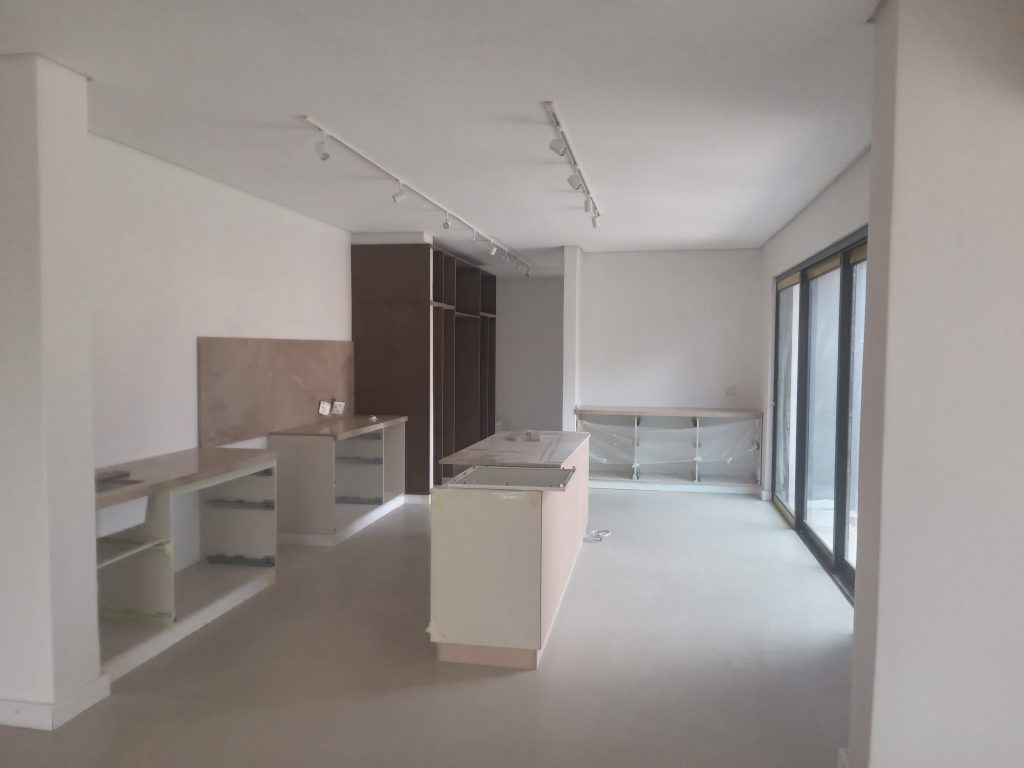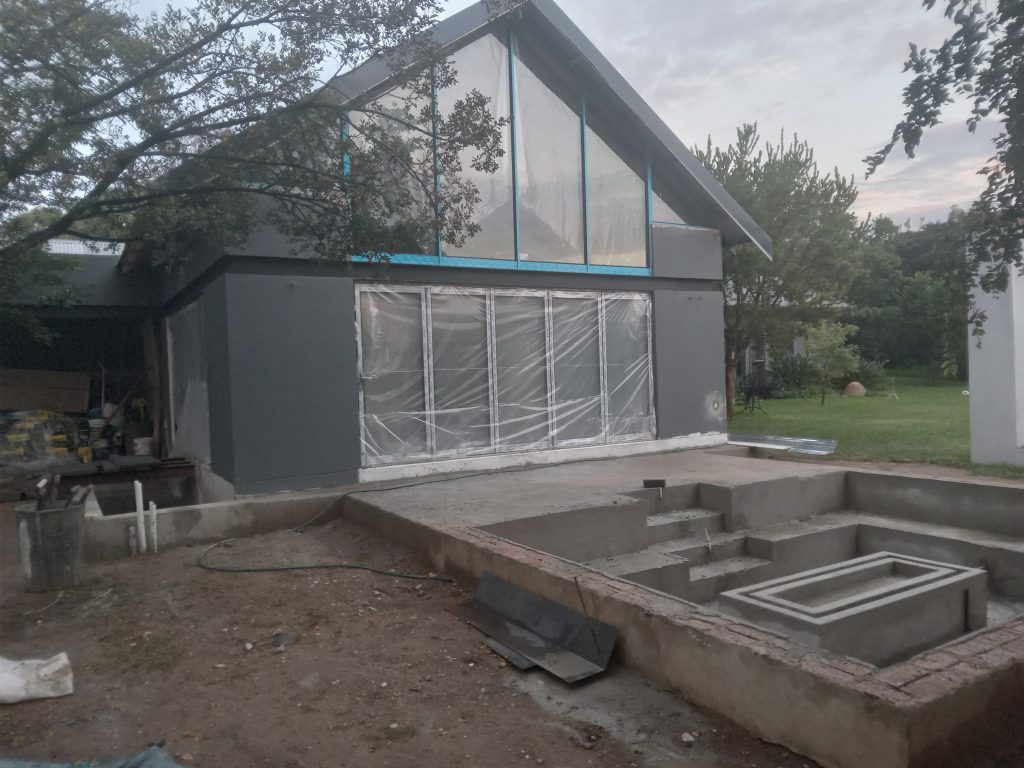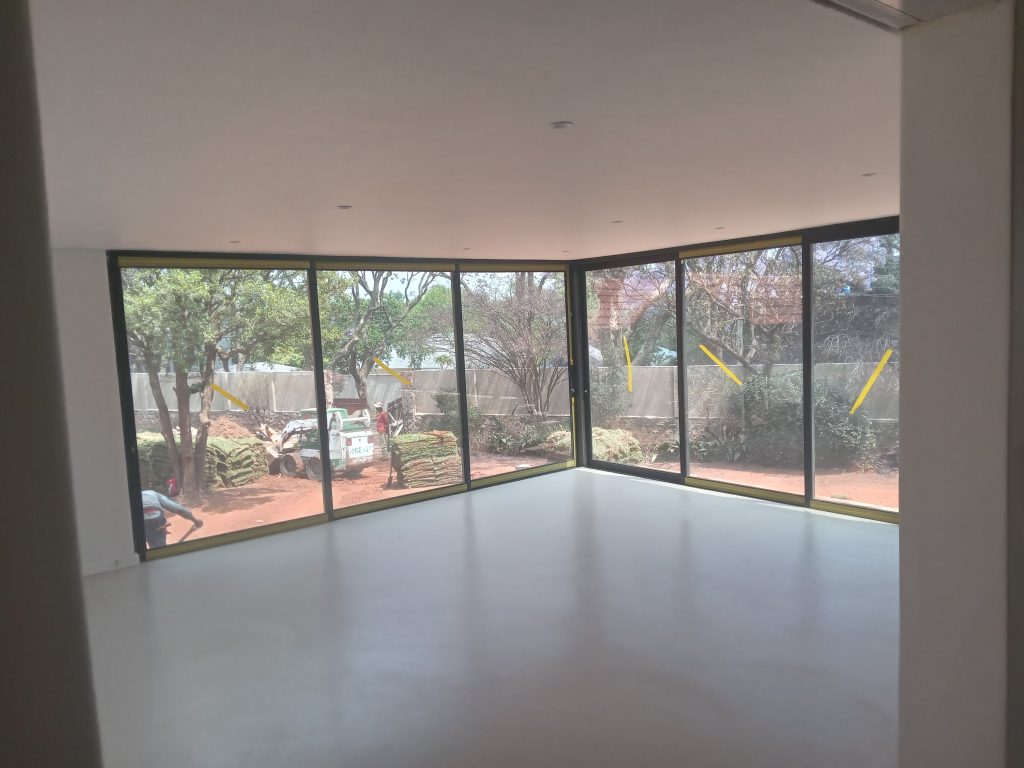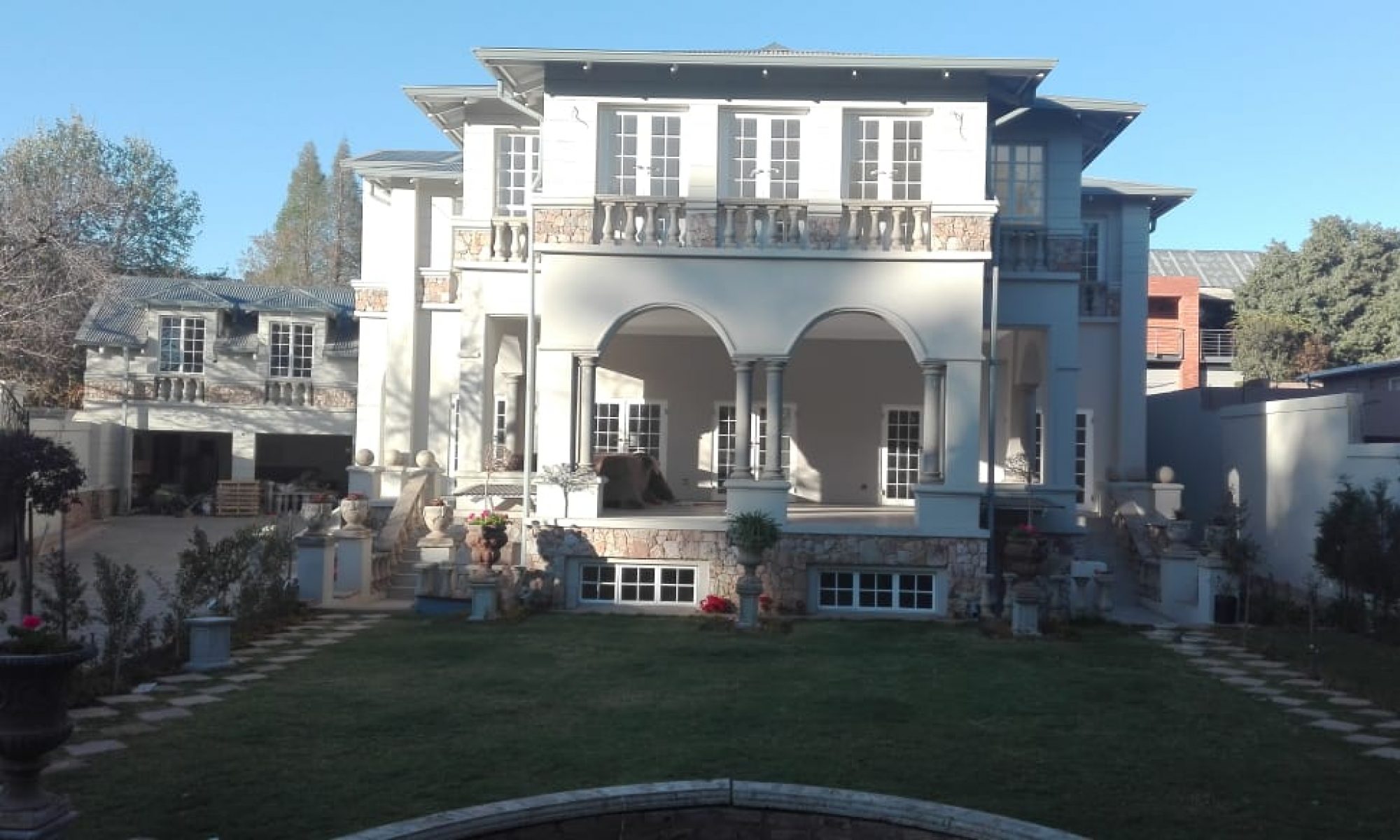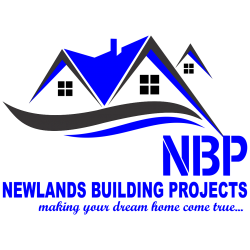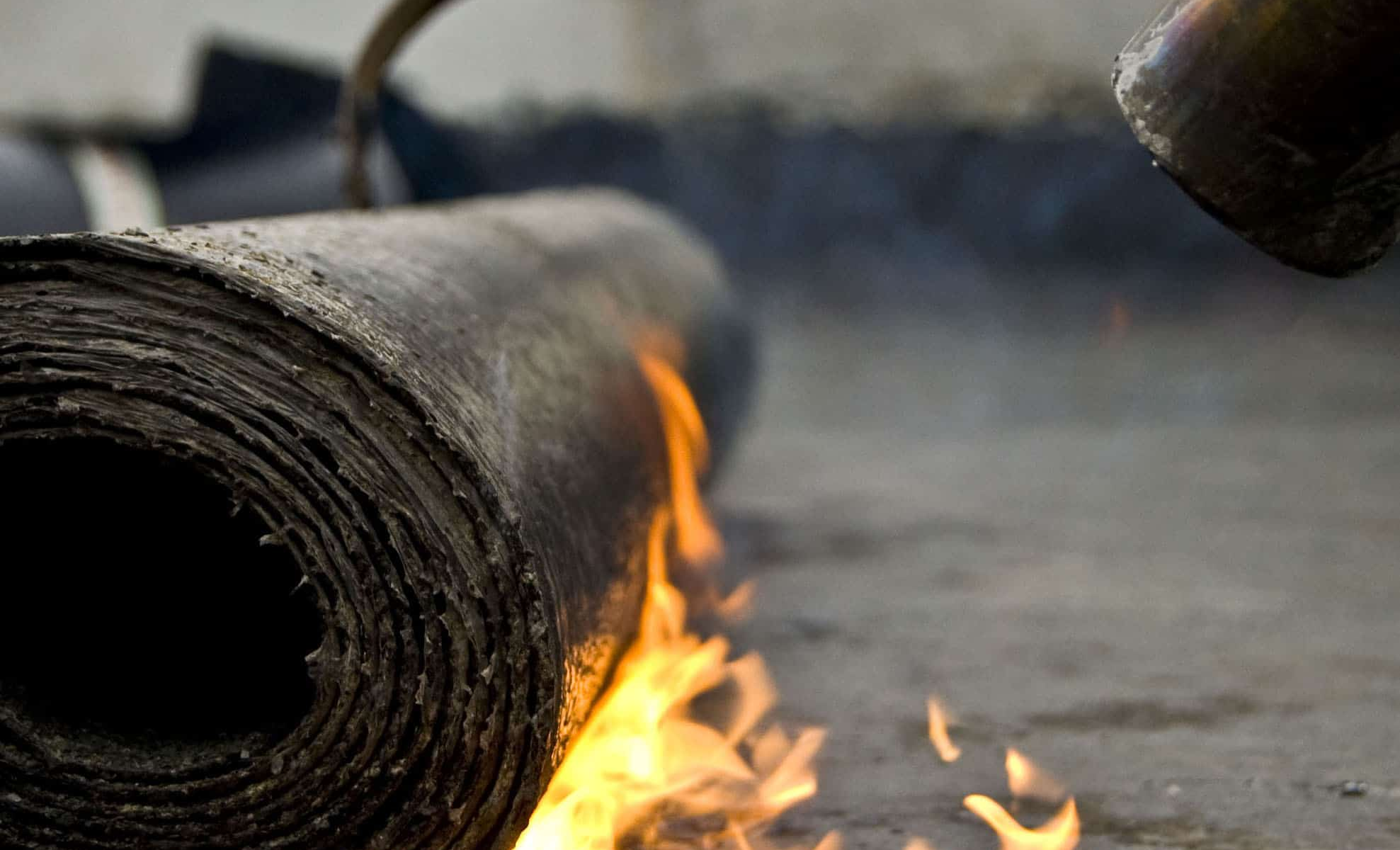Our water proofing services span from simple paints to torch-on membrane installations. We have successfully completed waterproofing of entire roofs to double line perimeter walls in areas around Johannesburg including Houghton Estate, Forest Town, WestCliff, and North Cliff to mention just a fe. Properly executed waterproofing can prevent costly damage caused by water infiltration and ensure the building’s durability over time.
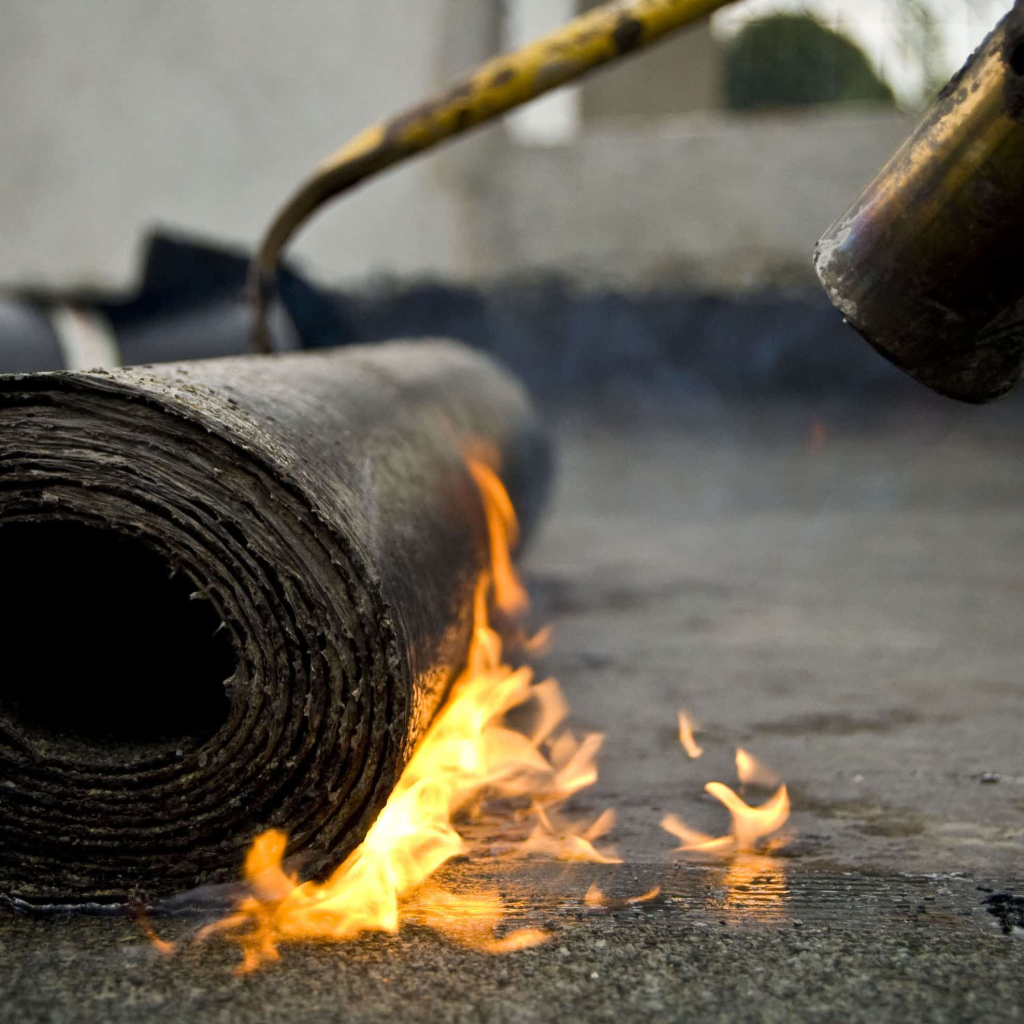
We continue to provide the water proofing and painting services that last beyond our call of duty. Waterproofing is essential to ensure the longevity and structural integrity of a building. Here are some of our common building waterproofing techniques:
External Water Proofing and Painting
Protecting a building’s exterior is crucial for preventing water damage. Several effective methods ensure long-term waterproofing.
- Bituminous Membrane Waterproofing: Workers apply bitumen-based sheets or membranes directly onto the external surface, forming a strong barrier against water.
- Liquid Applied Membrane Waterproofing: Specialists coat the surface with a liquid waterproofing material that cures into a seamless, waterproof membrane.
- Cementitious Waterproofing: Technicians spread specialized cementitious coatings over concrete surfaces, creating a durable, water-resistant layer with enhanced additives.
Internal Water Proofing and Painting
Waterproofing from the inside helps manage moisture and prevent structural issues.
- Cavity Drain Membrane System: Installers place a cavity drain membrane on internal walls, allowing collected water to flow into a drainage system before it infiltrates the building.
- Waterproofing Paints and Coatings: Crews apply specialized waterproofing paints or coatings to interior walls, forming a water-resistant barrier.
- Internal Sealants: Workers fill joints, cracks, and gaps in walls and floors with sealants to block water infiltration effectively.
Roof Water Proofing
Roofing materials play a significant role in preventing leaks and extending the roof’s lifespan.
- Polyurethane Coatings: Roofers apply polyurethane coatings to create a seamless waterproof barrier, ideal for flat or low-slope roofs.
- EPDM Roofing: Installers use synthetic rubber membranes (Ethylene Propylene Diene Monomer) to cover roofs, offering long-lasting waterproofing and UV resistance.
- Asphalt Shingles: Workers layer asphalt shingles strategically on sloped roofs, ensuring overlapping coverage to block water penetration.
Foundation Waterproofing
Keeping the foundation dry prevents structural weakening and long-term damage.
- Exterior Drainage System: Builders install exterior drainage solutions, such as French drains, to channel water away from the foundation and prevent accumulation.
- Liquid Membrane Coatings: Technicians apply liquid waterproofing coatings to foundation walls, forming a robust barrier against groundwater intrusion.
Bathroom and Wet Area Waterproofing
Wet areas require special attention to prevent water damage and mold growth.
- Tile Underlayment Membranes: Installers lay waterproof membranes beneath tiles in bathrooms and wet areas to prevent moisture from seeping through grout lines.
- Sealing Joints and Corners: Workers apply specialized waterproofing products to seal joints, corners, and intersections, ensuring complete watertight protection.

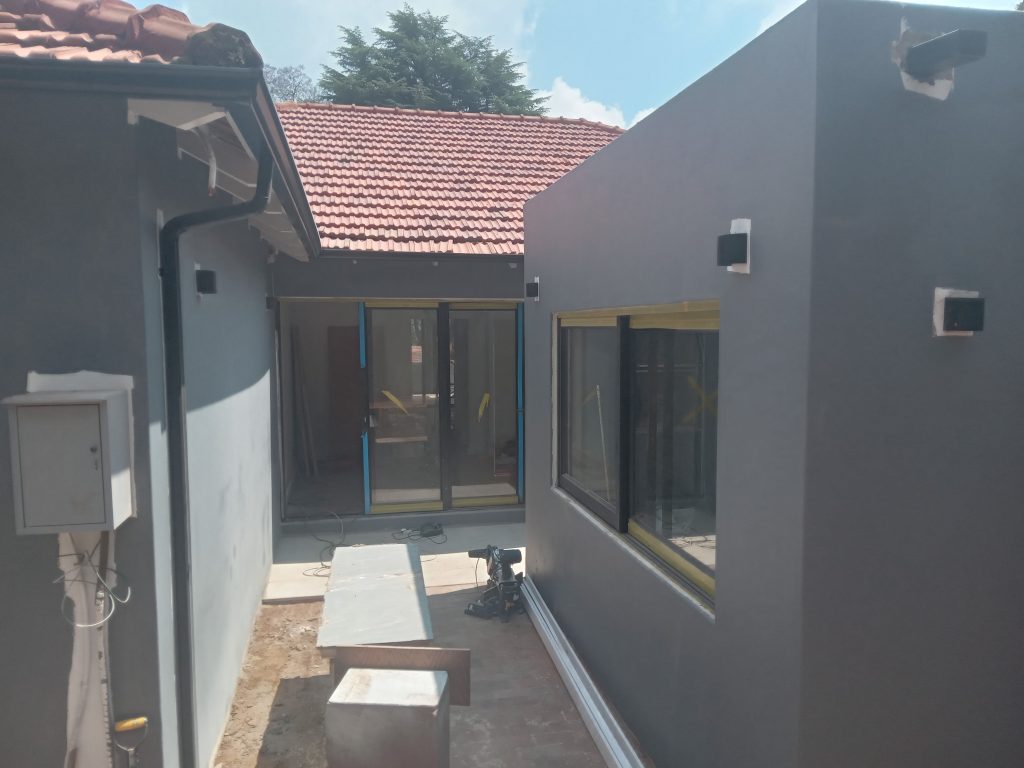
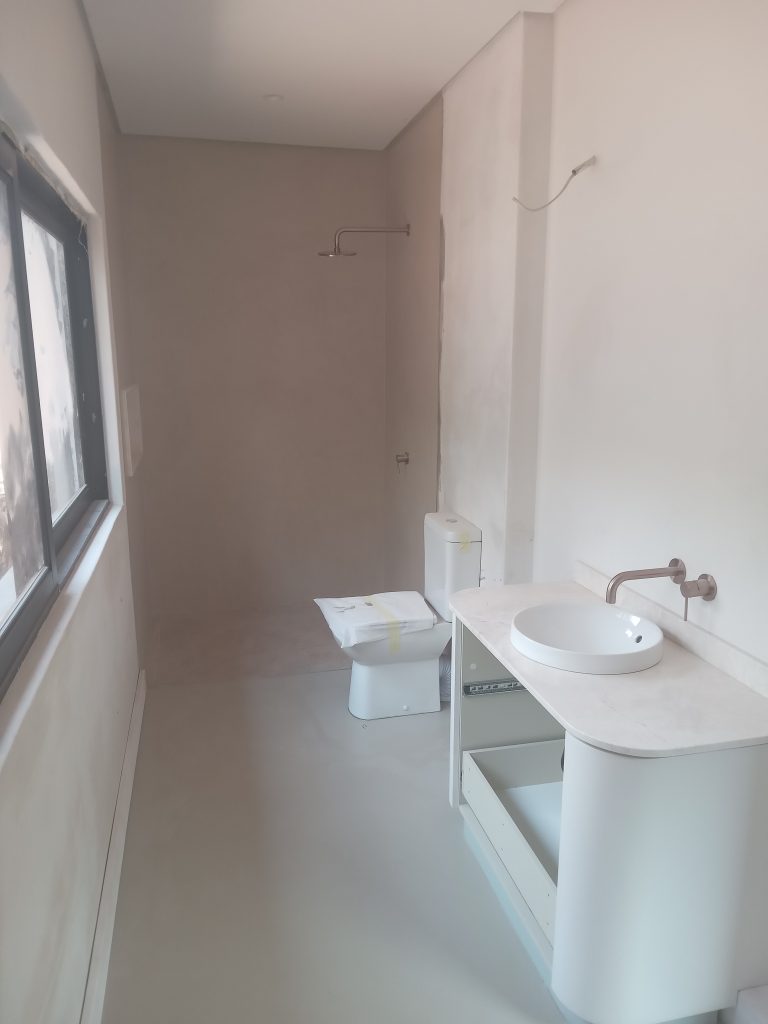
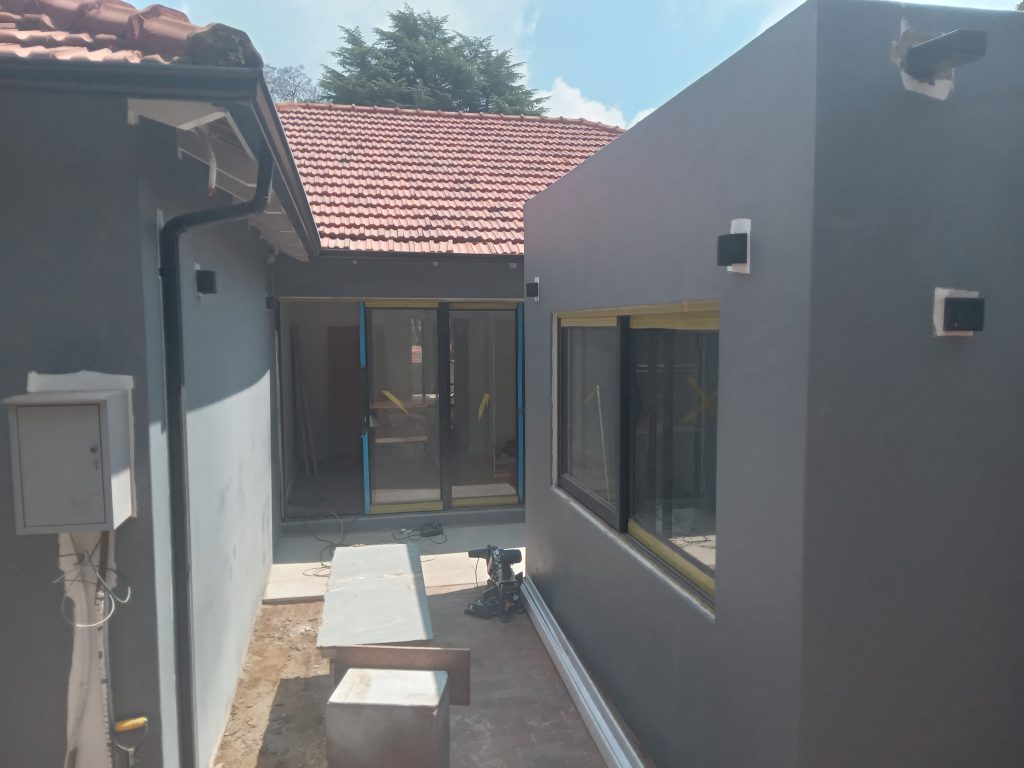

Expansion Joint Waterproofing
Expansion joints require flexibility and waterproofing to accommodate movement.
- Joint Sealants: Technicians apply high-performance sealants to expansion joints, preventing water infiltration even as materials expand and contract due to temperature changes or structural shifts.
Basement Waterproofing
Preventing water entry into basements ensures a dry, usable space.
- Exterior Basement Waterproofing: Contractors apply waterproofing materials to basement walls from the outside, creating a defensive barrier against moisture.
- Interior Basement Waterproofing: Workers install interior drainage systems, sump pumps, and sealants to manage any water that enters the basement effectively.
- Injection Grouting: Specialists inject waterproofing agents into cracks and voids in the structure, sealing them to prevent further water intrusion.
